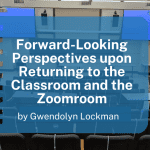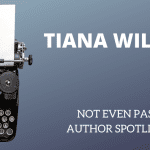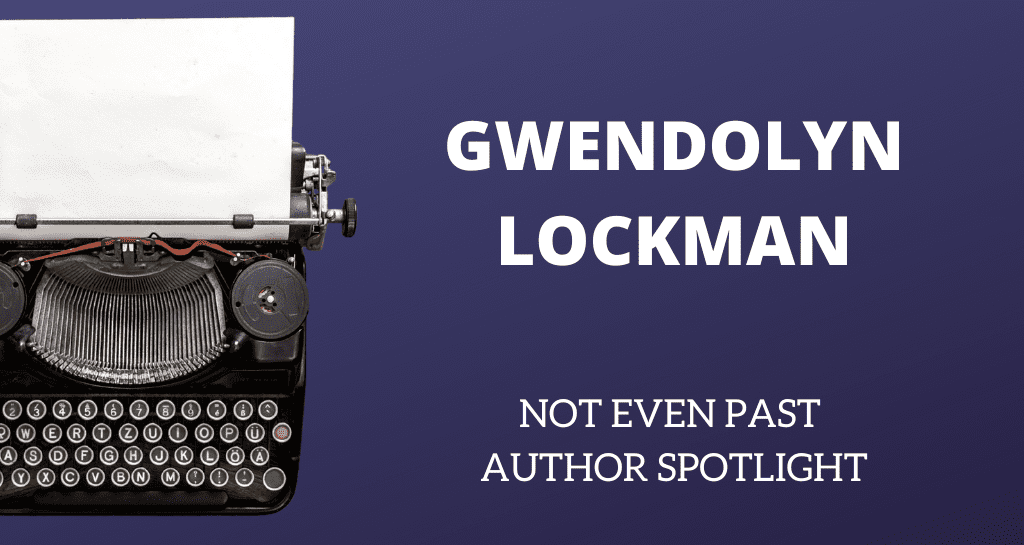
The success of Not Even Past is made possible by a remarkable group of faculty and graduate student writers. Not Even Past Author Spotlights are designed to celebrate our most prolific authors by bringing together all of their published content across the site together on a single page. The focus is especially on work published by UT graduate students. In this article, we highlight the many significant contributions to the magazine made by Gwendolyn Lockman.
Gwendolyn Lockman is a Ph.D. candidate in U.S. History. Her dissertation project, “Recreation and Reclamation: Parks, Mining, and Community in Butte, Montana,” investigates the history of outdoor leisure spaces, union identity, and environmental health in an industrial copper mining city. Her work is supported by the Carrie Johnson Fellowship, the Charles Redd Fellowship in Western American History, the Mining History Association Research Grant, and Dumbarton Oaks through the Garden and Landscape Studies Workshop, part of the Mellon Initiative in Urban Landscape Studies. At UT, Gwen is an affiliate of the Center for Sports Communication and Media in the Moody College of Communication, completed a Women’s and Gender studies portfolio, and has contributed to the History Department as a co-leader of the Symposium on Gender, History, and Sexuality, social media manager, History Graduate Student Council Representative, and web news assistant. She earned her MA in History at UT in 2020. Before graduate school, Gwen worked in the legal department for the Washington Nationals. She earned her BA in American Studies from Georgetown University. She is originally from Poplar, Montana, and calls Missoula, Montana home.

The best part of reading for comprehensive exams in graduate school is getting to read scholarship that inspires, even if it is not directly related to your dissertation research. I am a historian of labor and leisure in the U.S. West, so my comprehensive exams encompassed readings in U.S. History, divided into pre-1865 and post-1865 sections. Here are five books, which I enthusiastically recommend, spanning 1750 to the present, from Baltimore and New York to Southern California and Navajo Country.
Read her recommendations here.
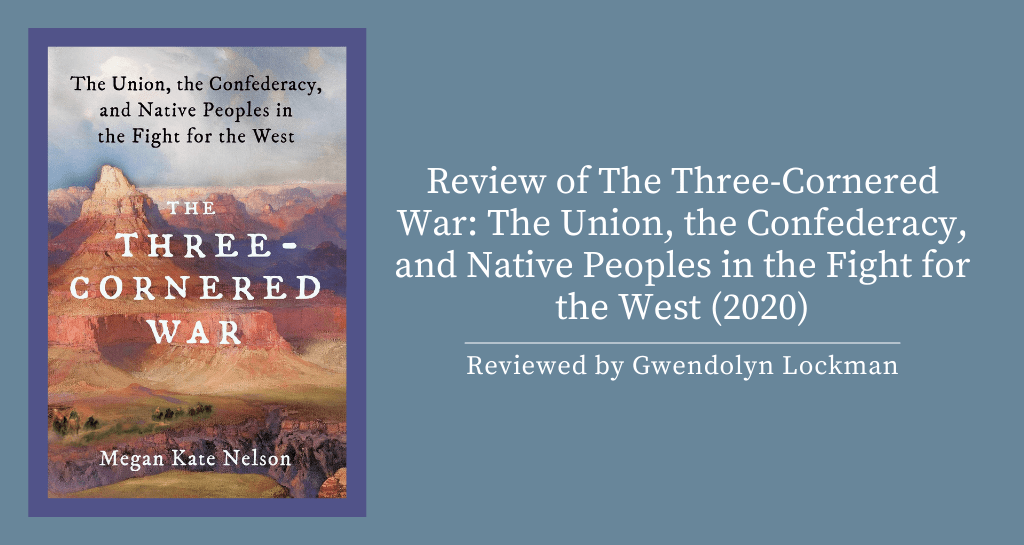
Megan Kate Nelson has written a captivating history of the southwestern theater of the American Civil War. There more than one war took place as different groups of people envisioned futures dependent on control of the region. The balance of perspectives makes it clear the Civil War was not just a battle for the preservation of the Union, or for those states that had seceded, but rather a multicultural war for control of much of the North American continent. The Union, the Confederacy, Mexico, the Apache, and Navajo (Diné) all fought for control of land, water, resources, and trade. Skirmishes in the West were layered contests among several parties. While historians often acknowledge the importance of the West in determining the fate of slavery in an expanding nineteenth-century United States, few have tackled the southwestern theater as Nelson has in The Three Cornered War.
Read the full review here.
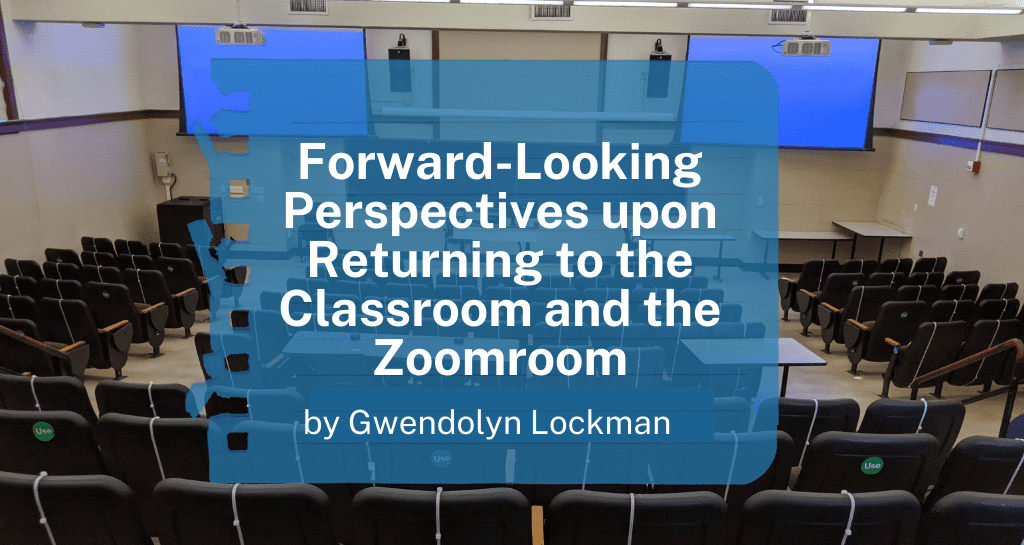
We hoped we would face a more “normal” fall for 2021. Instead, we face another semester that will demand flexibility in the face of anxiety as we continue to teach through the Coronavirus pandemic and the Delta variant surge. After scrambling to adapt to online learning environments in March 2020, many of us are returning to in-person classrooms as well as modified learning environments for the Fall 2021 semester. Online teaching and learning revealed many valuable intangibles from the physical classroom. However, we also have an invaluable opportunity to discard old habits that hindered both faculty and teaching assistants, and exhausted students. What follows is a handful of suggestions about what to enthusiastically reinstate in the classroom, what to leave in 2020 without looking back, and what to adopt from online learning for face-to-face instruction.
Read the full article here.
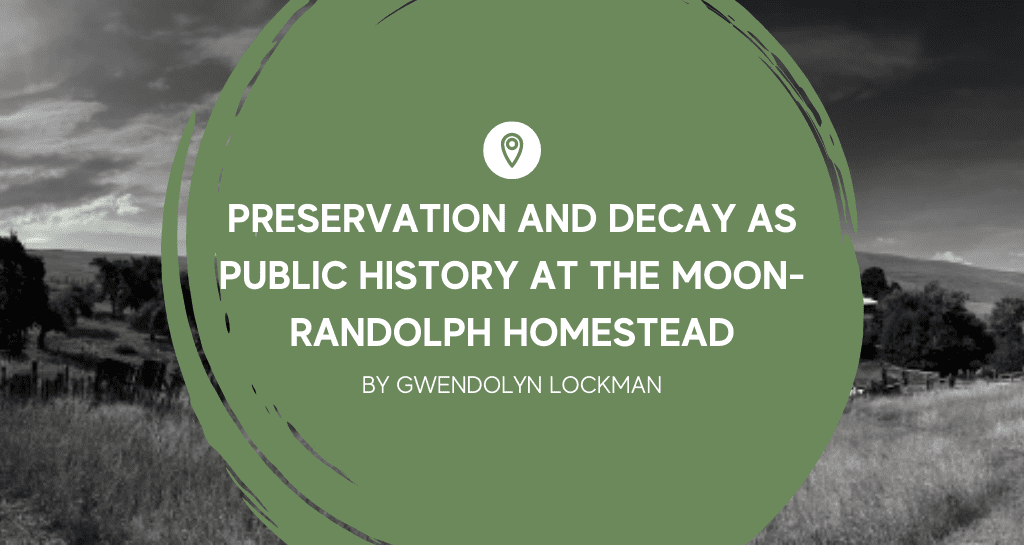
Past the local dump and the interstate, and separated by foothills from the nearby historic neighborhoods of Missoula, Montana, the Moon-Randolph Homestead can be found, steeling itself against the modern world but not quite stuck in the past. It is an unusual historical site where the ecological and the human, and the past and the present melt into one another.
Before U.S. westward expansion and federal homesteading efforts, Indigenous people traversed the North Hills of Missoula on the Trail to the Buffalo. They passed through nearby Hell Gate Canyon, named both for the cold, rough waters of the river and for the ambushes between tribes that occurred at the canyon. Once the U.S. seized the land in the late nineteenth century, homesteaders in the Missoula valley tried to raise subsistence crops and livestock there. These small parcels of land had little of the potential for profit that large, thousand-plus acre ranches enjoyed.
Read the full article here.
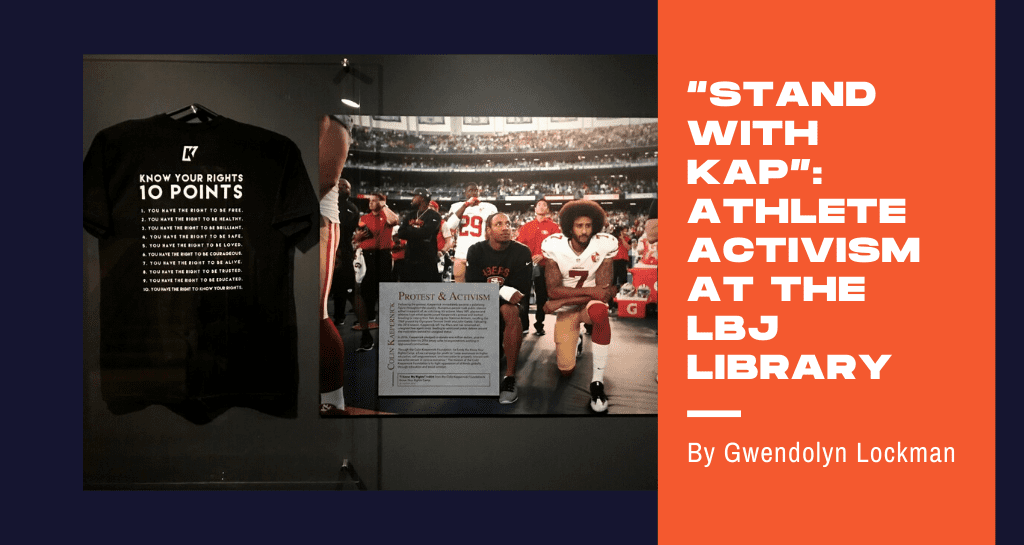
The Lyndon B Johnson Presidential Library opened “Get in the Game,” a timely exhibit on the intersection of social justice and sports, on April 21, 2018. In 2014, a new wave of athlete activism began in the United States. That year, NBA teams donned “I Can’t Breathe” shirts during warm ups to protest the police brutality against Eric Garner. In the summer of 2016, the WNBA joined the conversation with the “Change Starts with Us—Justice & Accountability” and #BlackLivesMatter, #Dallas5, #__ demonstrations by the Minnesota Lynx and New York Liberty. The current moment is most defined, of course, by Colin Kaepernick’s national anthem protests that began in the 2016 NFL preseason. “Get in the Game” charts a legacy of barrier-breaking and justice-seeking athletes from the late 19th century to the present with an emphasis on the current relationship between athlete activism and American politics.
Read the full article here.
